Welcome to the Astrobites coverage of the 2022 April APS Meeting! Some of our authors this week will be in-person while others are attending virtually! We will report on highlights from each day here, from APS Press Conferences to graduate student research talks. If you’d like to see more timely updates during the day, we encourage you to search the #aprilAPS hashtag on twitter. We’ll be posting once a day during the week, so be sure the visit the site often to catch all the news!
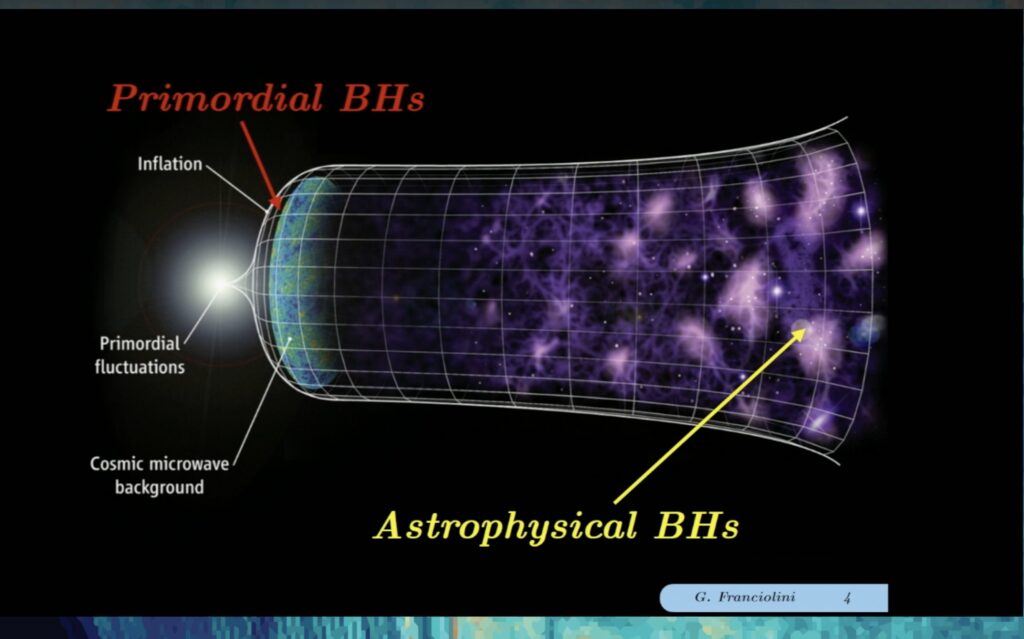
Primordial Black Holes (by Briley Lewis)
Our first session of Day 2 was all about primordial black holes—small black holes formed in the early Universe—and how they may be able to explain dark matter and other mysteries. Mairi Sakellariadou, Professor at King’s College London, started off by giving some background on primordial black holes (PBHs). Depending on when PBHs formed, they can have masses ranging from 10e-5 g all the way to 10e5 solar masses! This is one of their most exciting features, actually — we don’t know of a way that stellar evolution could form black holes of <1 solar mass, so if we see one, it’s a PBH. Since they’re black holes like any other, PBH are subject to Hawking radiation, so any of them with masses less than 10e15 g would have disappeared by now. The ones that remain, though, could make up at least a part of the dark matter we see.
There are many ways PBHs can form: density fluctuations in the early Universe, at the QCD phase transition, scalar fields, cosmic string loops, and more. PBHs that form from cosmic strings have a clear observational signature, too—they have a spin of ⅔, and could be distinguished from other spinning BH by their small masses! We also have a lot of observational constraints on PBHs as well, from the Cosmic Microwave Background, microlensing, dynamics, and so on.
One particularly interesting observation opportunity is gravitational waves with LIGO/Virgo, which was the subject of Gabriele Franciolini’s talk. PBH could possibly be contributing to the black hole mergers we’ve seen over the past few years with LIGO/Virgo. The key here is distinguishing PBH from other astrophysical black holes, and observables like mass and spin can help us figure this out. Plus, at high redshifts (>30), astrophysical black holes weren’t contributing to merger rates yet, since they weren’t around—so, if we see a merger in the distant past, we can pretty confidently say it’s a PBH! Future gravitational wave observatories like Cosmic Explorer and the Einstein Telescope may be able to help find these signals.
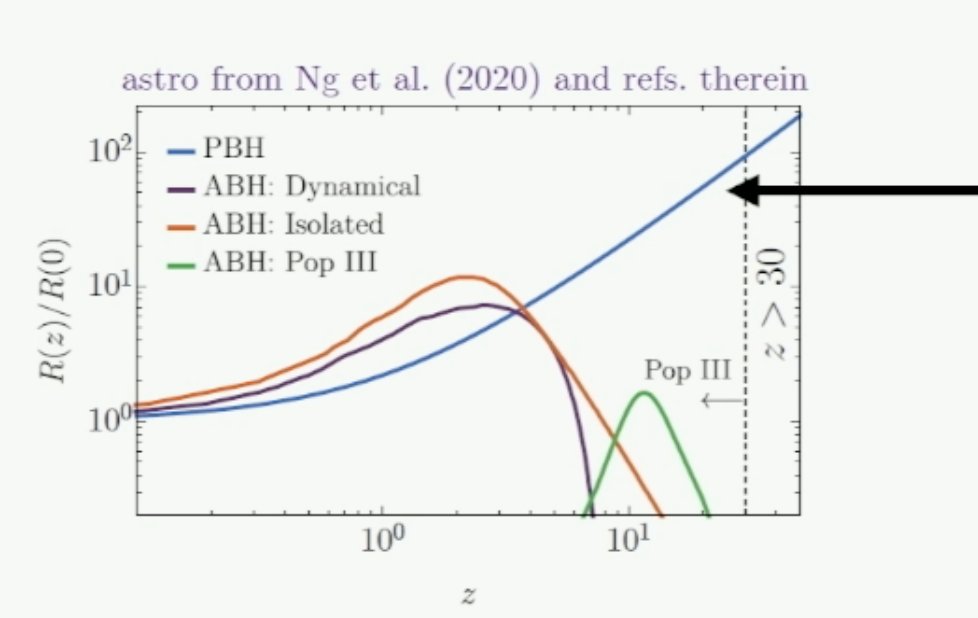
Joseph Silk, Professor at Johns Hopkins, added to the case for PBH as dark matter. He gave three major reasons: they’re observationally motivated (light evidence from LIGO/Virgo), we have constraints on them, and they come from known physics — that is, we know for sure that black holes exist! Silk also demonstrated an exciting new search for evidence of PBHs using the famous Event Horizon Telescope image of M87. He described M87 as a “PBH attractor” since any cold dark matter, including PBHs, should cluster under the SMBH’s strong gravity forming a “cusp” of dark matter. In the EHT image, we can then look for lensing events of PBHs, and in fact, Silk added a new constraint on PBHs from the lack of “fuzziness” in the EHT image!
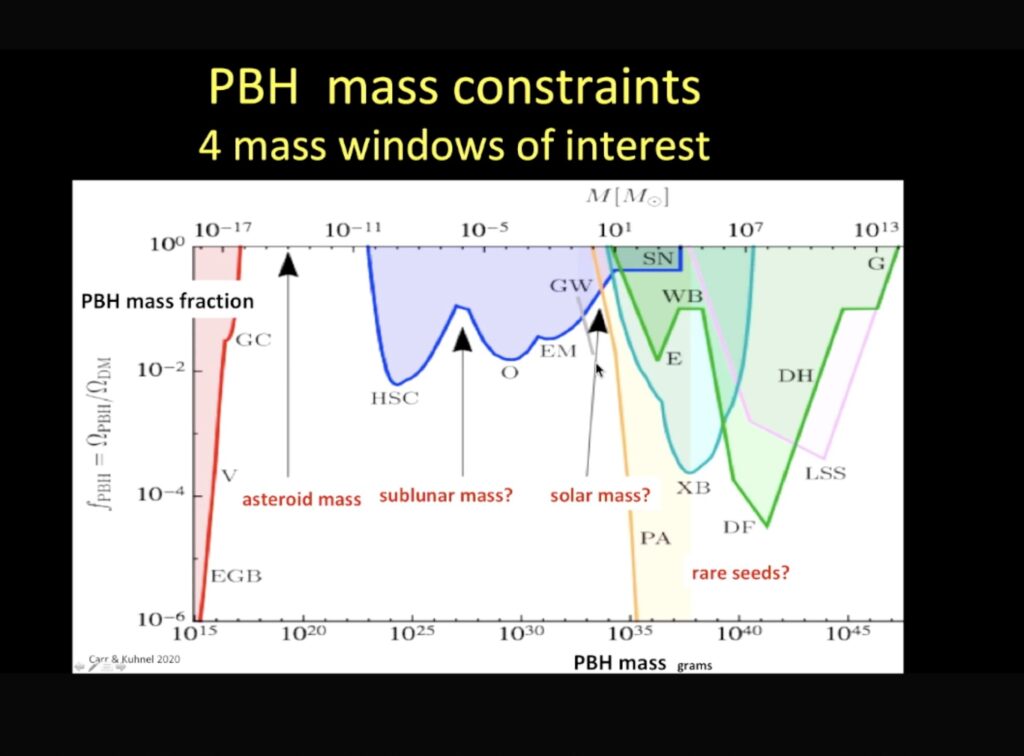
The big takeaways from this session, as Sakellariadou said, are threefold: PBHs can explain dark matter, generate some of the observed mergers from LIGO/Virgo, and even provide the seeds for SMBHs in galactic nuclei. PBHs have the potential to explain so much in astrophysics!
The recording of this session (H03) will be available to registered April APS attendees until July 12, 2022 at the link here, and you can check out our live-tweets here.
Cecilia Payne-Gaposchkin Doctoral Dissertation Awards (by Huei Sears)
The Cecilia Payne-Gaposchkin Doctoral Dissertation Award in Astrophysics is an annual award given by APS’s Division of Astrophysics (DAP) that recognizes an exceptional doctoral thesis in astrophysics. The winner is awarded $1,500 and a certificate. All finalists for this award are invited to the April APS Meeting to present their work in this invited session and are offered a $750 travel voucher. The three finalists for the 2022 award were Drs. Anna Ho, Ariadna Berthier, & Nolan K. Matthews.
Dr. Ho was the first speaker of the session with a talk titled “The Landscape of Relativistic Stellar Explosions.” The main focus of her research is a special type of optical transient called ‘long gamma-ray bursts.’ (L)GRBs, as they’re commonly acronymized, are highly-energetic bursts of gamma-rays that are caused by the collapses of massive stars into compact objects. Short GRBs are very similar, but are shorter and are caused by colliding neutron stars. In all GRBs (short and long!) there is an initial burst of gamma-rays – this is called the prompt emission – followed by a multi-wavelength afterglow that is caused by synchrotron emission from a relativistic jet. GRBs are usually detected by space-based gamma-ray observatories (like Swift and Fermi) and then followed up by ground based telescopes.
LGRBs are rare events, though, and Dr. Ho hypothesized that maybe they’re just the tip of the iceberg of this transient type. Perhaps most massive stellar deaths end with a GRB, but we just don’t see the prompt emission because it’s pointed away from us or the explosion is “dirtied” with impurities that lessen the strength of the jet. A large part of Dr. Ho’s PhD work was to find these “dirty fireball” GRBs by using Zwicky Transient Facility (ZTF) to search for afterglows that don’t have an associated gamma-ray detection. During her research, she discovered 11 candidates, but ultimately found that 7 of those 11 were actually GRBs and the remaining 4 couldn’t be ruled out as GRBs. So it doesn’t seem like we’re missing a large part of this transient type.
Toward the end of her ZTF research, to Dr. Ho’s excitement and surprise, there was a new transient called AT 2018cow (the “Cow”) that sparked her interest, and she decided to analyze it for her PhD. She thought it might be a nearby GRB, but ended up being something more unique She triggered millimeter and radio observations, and found that not only were the millimeter observations very bright, but they were continuing to brighten and had an unusual shape. This transient was even more puzzling in that its x-ray emission was incompatible with Dr. Ho’s radio and mm observations. Work on this object continues, and Dr. Ho’s more recent work has been searching for other bovine-like events – she has found the “Koala” & the “Camel” and a few others.

The second speaker of this session was Dr. Ariadna Berthier whose talk was titled “Binary Neutron Stars Merging.” As the title suggests, Dr. Berthier’s work focuses on merging binary neutron stars. When two neutron stars get caught in a collisional orbit, a variety of things can happen. Depending on their masses, they can collide and promptly collapse into a black hole, they can merge into a new stable neutron star, or they can have what is called a “delayed collapse.” In a delayed collapse, the neutron stars collide into a supermassive, unstable neutron star that eventually collapses into a black hole. When this collapse happens, there will be an accretion disk around the black hole and there will be a relativistic jet sometimes resulting in a short gamma-ray burst!
Dr. Berthier’s PhD work was focused on simulating binary neutron star mergers and using them to characterize the most well studied NS-NS merger, GW170817. Although this wasn’t the first ever gravitational wave detection, it was the first NS-NS merger to be detected and the first to have an electromagnetic counterpart. There was also a short GRB detected, GRB 170817A, that was localized to the same position in the sky. Within the transient community, “GW170817” is commonly used as a name for the collection of transient events that happened that day and not exclusively the gravitational wave detection.
Dr. Berthier and her team think that GW170817 was the result of delayed collapse, and worked to characterize GW170817 with her simulations. She found that the event was too bright and energetic to be solely explained by a short GRB, and showed that there must also have been interaction between the relativistic jet and winds from the black hole and accretion disk. Specifically, Dr. Berthier showed that these winds are likely neutrino-driven. In the hot hypermassive neutron star phase of this transient, emitted neutrinos drive a wind in the material. Later when there is collapse into a black hole and a jet is formed, and when this jet interacts with the resulting turbulent medium, it injects extra energy into the transient at broader regions. Dr. Berthier, in her simulations, showed that a jet interacting with neutrino-driven winds matches pretty well to observations of GW170817!

The final speaker of this session was Dr. Nolan K Matthews with his talk titled, “Enabling Optical Intensity Interferometry for the Study of Stars at High Angular Resolution.” Dr. Matthews started his talk with a primer on interferometry and how to use it to measure the size of stars. Most stars in our night sky are on the order of ~1 milliarcsecond. To put this in perspective, trying to measure a star that size is like trying to measure the height of an astronaut on the Moon from Earth or trying to measure a penny in Paris from Washington D.C.
So, how do you actually go about measuring something that small? First off, the angular resolution of your instrument is roughly equal to the ratio of the wavelength of light you’re observing to the diameter of your mirror. For optical light, this means you’d need a telescope ~100m in diameter to measure a star to 1 milliarcsecond. A telescope this size is not feasible – for context, the current largest optical telescope is the Gran Telescopio Canarias in La Palma Spain with an aperture of 10.4 m. So instead, Dr. Matthews says we should use multiple telescopes to do interferometry and extract the resolved data we need. Modern interferometry observatories include CHARA & VLTI. Interferometry with optical telescopes has been used to (among other things) independently create a HR diagram and see the expansion of nova ejecta!
Dr. Matthews is focused on Stellar Intensity Interferometry (SII). In SII, two telescopes separated by some distance or “baseline” observe a star and both record the intensity of that star. By changing the baseline (or realistically by having an array of telescopes) you can probe the intensity distribution of the star! This method of interferometry was used by the Event Horizon Telescope to image the black hole in M87!
Dr. Matthews’ thesis work implemented these SII capabilities on the VERITAS telescopes. Dr. Matthews is an instrumentalist and worked to build the machinery needed to do this science. VERITAS has four 12m optical reflectors used for gamma-ray astronomy. Dr. Matthews first installed his instrumentation on two of the telescopes, and after calibrating them added them to the remaining two telescopes. They did some proof-of-concept testing with the systems in the well studied stars beta CMa and eta Ori, and Dr. Matthews and his team were able to get more precise measurements with only 10% of the data (in terms of bytes)! This was a great success! His current work is outfitting and installing this instrumentation at the Côte d’Azur Observatory in southern France.
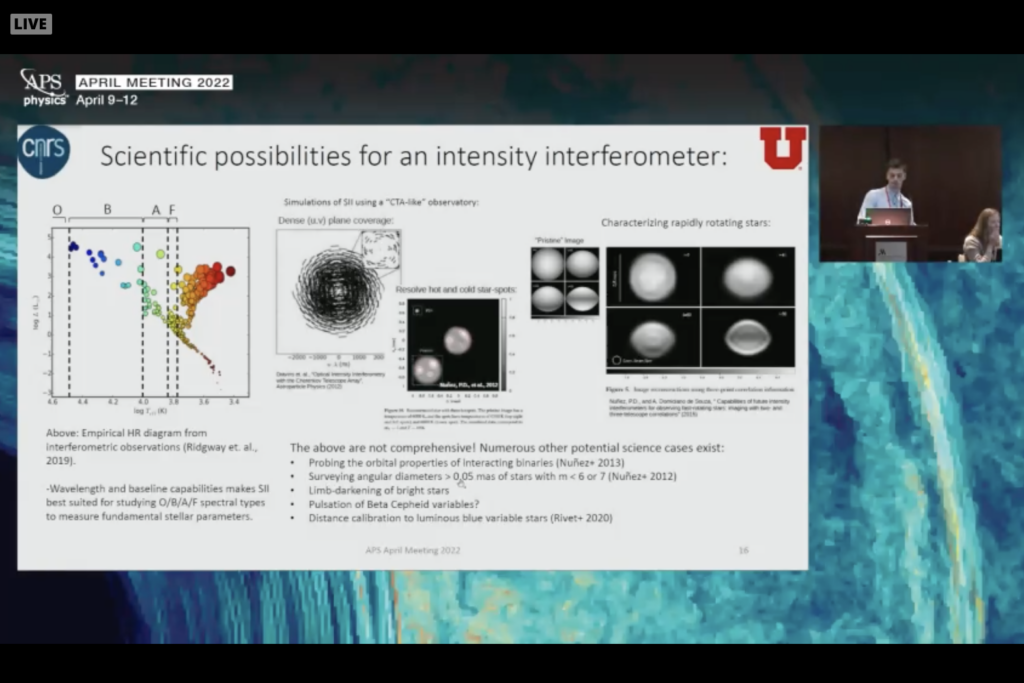
It was announced at the annual DAP Business meeting later in the evening on Sunday that Dr. Matthews had won the Cecilia Payne-Gaposchkin Doctoral Dissertation Award! Congratulations to all finalists!
The recording of this session (H03) will be available to registered April APS attendees until July 12, 2022 at the link here.
Dynamical Formation of Binary Black Holes (by Sumeet Kulkarni)
With an increasing number of binary black hole (BBH) detections populating the LIGO-Virgo gravitational wave catalogs, we can start probing questions about their nature as a collective population rather than individual events. One important question is that of how these binaries form. There are two main ideas: one is the isolated formation channel where two massive stars evolve together as a binary and each collapses into a black hole. The second, called the dynamical channel, involves black holes present in dense stellar environments finding partners through dynamic gravitational interactions. This session was dedicated to various physical aspects that govern whether this is a viable way to form black hole binaries.
Carl Rodriguez (Carnegie Mellon University) described simulating populations of BBH formed in the dynamical channel as a relatively easy process, relying solely on gravitational dynamics between multiple bodies. However, there are two unknowns to feed into these simulations: (i) What is the initial population of stellar black holes? and (ii) How do globular clusters form in the first place? The first problem is shared by those addressing all formation scenarios, while the second is the one his group focuses on. They simulated giant molecular cloud collapse using hydrodynamic simulations which leads to the formation of galaxies, and were able to reproduce the typical populations of globular clusters seen in a Milky-Way-like galaxy from first principles.
This talk was followed by Kuldeep Sharma, part of the same group as Rodriguez from Carnegie Mellon, this time addressing the dynamical merger scenario in open star clusters. Open clusters are less dense than globulars, with a population of young, blue stars. They are promising candidates for the formation of Intermediate Mass Black Holes (IMBH), with masses greater than 200 solar masses, which cannot be formed by stellar collapse. Instead, successive runaway collisions in a cluster can lead to the build-up of massive black holes. The authors reported that compact clusters with low metallicities are most efficient in forming IMBHs.
IMBHs were the focus of the next talk by Giacomo Fragione (Northwestern University) diving deep into the existential questions of what they are, where they are found and how they form. IMBHs are exciting sources which can potentially be detected across a wide array of gravitational wave detectors, spanning space-based detectors like LISA, and current as well as future ground-based detectors such as LIGO-Virgo and the Cosmic Explorer.
The last talk of the session was given by Marco Dall’Amico from the University of Padova, looking at the formation of black hole binaries via three-body interactions in dense stellar environments. The orbital dynamics of a three-way dance between black holes of different sizes typically leads to the ejection of one black hole. This is one way of forming lopsided, unequal mass binaries if the black hole with the mass intermediate between the three is ejected.
Wiki Edit-a-Thon (by Briley Lewis)
Between sessions today, some attendees gathered on Zoom to work on a neat outreach project—a Wikipedia Edit-a-Thon to expand and revise articles about marginalized physicists. This isn’t APS’s first involvement with Wikipedia, either—they actually host a Wiki Scientist course, and the 5th annual offering of that program is just wrapping up!
Today’s event began with a presentation on Wikipedia, why we care, and how to edit articles. Editing Wikipedia can help provide proper recognition for scientists, challenging stereotypes and preventing “hidden figures,” and increase global access to scientific knowledge while combatting disinformation. Dr. Julia Dshemuchadse, Assistant Professor at Cornell University, also helped guide participants through the basics of becoming a Wikipedia contributor. They were also joined by Dr. Enrico Ramirez-Ruiz, the 2021 winner of the Dwight Nicholson Medal for Outreach (check out the summary of his outreach talk later in this Bite!), who spoke about representation specifically in astrophysics. Participants were then encouraged to write and edit articles on “notable” academics, following Wikipedia’s notability guidelines.
“Wikipedia is an immensely popular website, yet less than 20% of the biographies on the site are about women. The statistics for other historically marginalized groups are even worse,” says one of the event organizers, Dr. Allie Lau, APS Public Engagement Programs Manager. “By holding these events, we give the physics community a chance to highlight the important work and lives of physicists from these groups.”
Today, 34 editors worked on 25 articles, adding over 6,000 words and 81 references! Check out the hashtag #APSAprilWiki or visit their info page to see more.
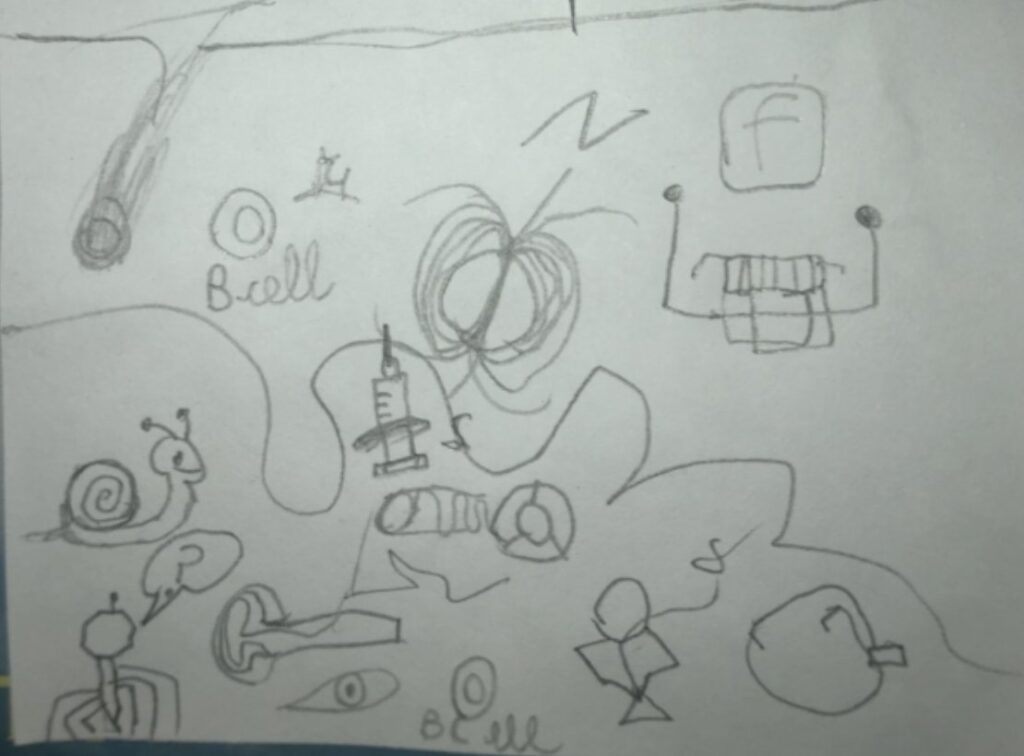
Outreach in Formal and Informal Settings (by Briley Lewis)
This session brought together three amazing outreach efforts from three speakers. First up, Stephon Alexander, Professor at Brown University, explored connections between music and physics. He described his upbringing in the Bronx, and how music was a key part of that experience. “The words that these artists say really matter to a child,” he said, giving an example of lyrics from rapper Rakim: “I drop science like a scientist, my melody’s a code…freeze MC’s to make ‘em colder, the listener’s system is kickin’ like solar.” Other musicians, like jazz artist John Coltraine, have also had a passion for physics. One of Alexander’s strategies in outreach is to use music as a translator—for example, wave mechanics can be the connection between physics and music. Alexander also mentioned a few other initiatives he started or was involved in, including the NSBP & HGS Mentoring Program and a book he wrote on “the Jazz of Physics.”
Next, Matt Caplan, Assistant Professor at Illinois State University and YouTube script writer for famous channels like Kurzgesagt, shared his experiences “teaching 10 million people about black holes” with social media and online videos. “This is a talk for the graduate students who might become the next TikTok scientist, John Green, or Hank Green,” he said. The front line of outreach is mass media and viral internet videos, which can have incredible reach. For example, Matt received a letter from a kid across the globe who was sketching science images, including even the magnetic field of a neutron star, in response to the videos he worked on! Social media is also key for outreach because Gallup polling has shown that young people get most of their info from the internet, especially social media, but only trust institutions/scientific figures. The challenge we face with internet outreach, though, is that you’re always competing for an audience on a platform full of other things trying to distract them—so we need to make our outreach exciting, story-driven, catchy, and understandable.
Last but not least, Enrico Ramirez-Ruiz, Professor at UC Santa Cruz, gave a talk on the Lamat Institute as part of the Dwight Nicholson Medal for Outreach, which he was awarded in 2021. The Lamat Institute, named after “star” in Mayan, aims to tackle inequality and remove barriers to ensure scientific excellence in astronomy. They do this through a long-term mentorship and REU program meant to follow undergraduates from community college transfer through graduate school applications. Although the main mentorship component is in the summer research program, the participants and mentors continue their relationship all year. The program is founded on three pillars: examining power and identity, creating research support structures, and providing equity-minded mentoring practices and resources for mentees.
Ramirez-Ruiz ended on a broader note about mentorship in our field, and how we must adjust in order to truly align with our values of inclusion. He reminded us that growth and change isn’t always comfortable, but is necessary, and “only by properly supporting the people who do the science can we effectively maximize the return on the nation’s investment in fundamental research.” Finally, he emphasized that our field needs to develop a healthier culture for scientific inquiry in order for all diverse scientists to contribute to the field, as well as to maximize innovation. As Alexander said earlier in his talk, “This is a session about the power and importance of outreach and mentoring.”
The recording of this session (K05) will be available to registered April APS attendees until July 12, 2022 at the link here and our live-tweets here.
Experiences from the APS Bridge Program (by Huei Sears)
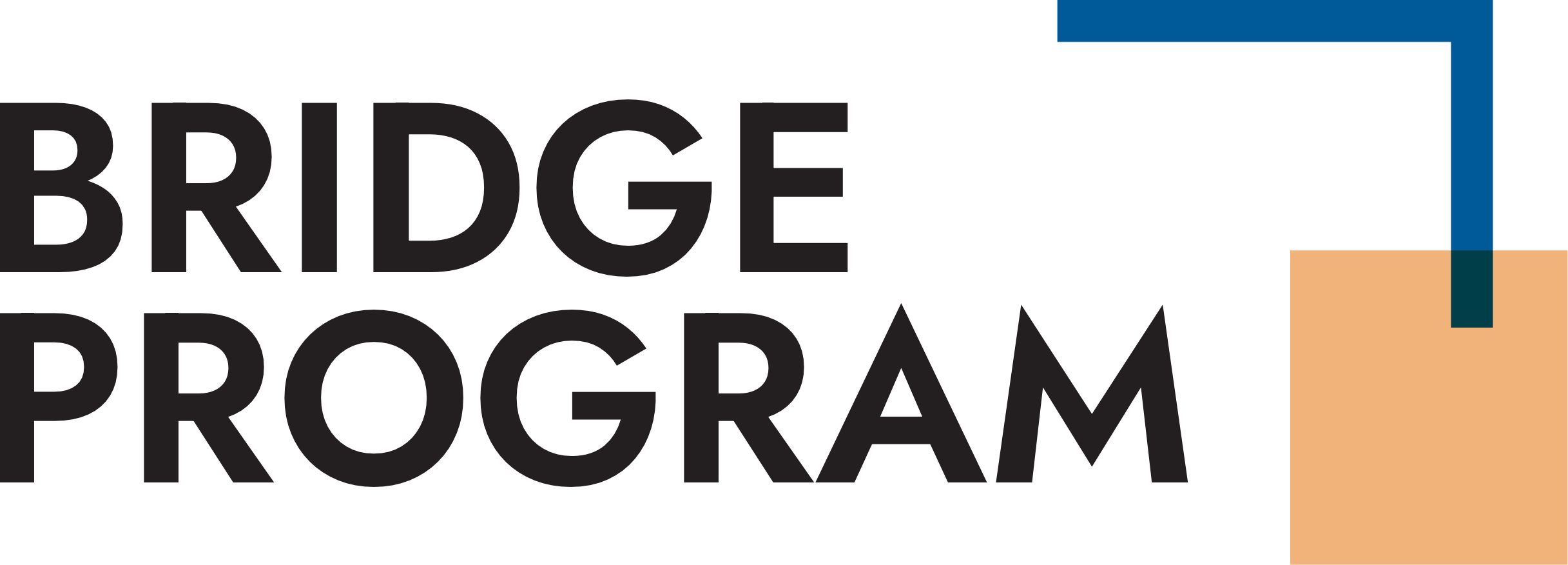
In this session, three former APS Bridge Program participants shared their experiences. Up first was Dr. Laura Vega talking about her experience in the Fisk-Vanderbilt Masters-to-PhD Bridge Program (F-VBP)! Dr. Vega started her talk by highlighting that the mission of the Bridge Program is to increase the number of underrepresented minorities (URM) in graduate school. This mission is motivated by the fact that URMs are more likely to use the Master’s degree as a stepping stone to a PhD! Core principles of the F-VBP include retention/mentoring, recruiting/admissions, relationships/funding, & promotion/professional development. At the end of her undergrad degree, Dr. Vega felt burnt out and wasn’t sure how to proceed. She discovered the F-VBP and was really drawn to the amount of mentoring and funding the program was able to offer. During the question session, she mentioned that the application and acceptance process for the F-VBP was very different than for standard PhD programs. For example, it included a 30 min interview session, and the deadline for application was April 15, whereas that’s roughly the date most students need to commit to a graduate program. She mentioned that this extra time gave her the opportunity to really consider her next steps and feel more confident about entering graduate school through the Bridge Program.
The second speaker in this session was Dr. Daniel C. Diaz talking about his experience in the California State University at Long Beach (CSULB) Bridge Program! Dr. Diaz started college as a pre-med, since his parents both worked at the local hospital as technicians. He had been interested in physics earlier in life, but was always told to avoid it because it was difficult and to push it off for as long as possible. He didn’t take his first physics course (ever!) until his junior year of college… but then he was hooked! He started doing research,switched majors and eventually graduated with a bachelors in physics. He wanted to go to grad school, but because he wasn’t really interested in his pre-med courses, his grades weren’t great and his physics research was still preliminary. Though he was rejected by the few PhD programs he applied to, he was accepted to several bridge programs and chose to attend the program at CSULB! After completing the program, he transferred to Florida State University to earn his PhD. Dr. Diaz cited that one of the main goals of the APS Bridge Program is to provide URMs an alternative to the conventional path to a physics PhD.
The last speaker of this session was Dr. Brian W. Casas who shared his experience in the Bridge Program at the University of South Florida. Dr. Casas started his undergraduate career at Rutgers University with a major in Chemistry. He had been interested in physics in high school and even took AP Physics, but because most of the learning for the class was supposed to be self-taught over the summer, he ended up not really enjoying it. He gave physics another chance his sophomore year in college, but was thrown into a calculus-based course without having the needed math background and felt constantly behind. His senior year, he was finally able to join a research group but unfortunately wasn’t able to publish any work. He applied to a few PhD programs but received all rejections…and a letter from one of the universities encouraging him to apply to the APS Bridge Program. Taking this advice, he received a unique offer from the University of South Florida to join their department as an official PhD student but to still be a part of the Bridge Program.
During the joint question time of this session, all three speakers heavily emphasized the impact that the overwhelming mentorship they received had on their success in the program. All three panelists still keep in touch with their mentors and some even collaborate on research projects! You can learn more about APS’s Bridge Program here!
Live-tweeting of this session by Huei Sears. The recording of this session (L05) will be available to registered April APS attendees until July 12, 2022 at the link here.
Featured Image Credit: APS April 2022
Edited By: Katya Gozman, Sumeet Kulkarni, Briley Lewis, Huei Sears


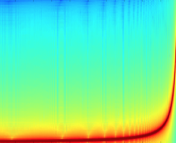
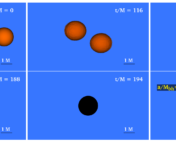
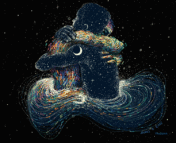
I love astrobites but occasionally notice an error, and I assume this is the right place to report them. I assume you are not actually publishing received comments. -John
EHT is not an intensity interferometer; it is the usual kind of interferometer. Use of intensity interferometers died out soon after their invention but there has been recent exploration toward using them again.
The reference to “Cosmic Telescope” and its link are likely not what was intended; I presume “Cosmic Explorer” was intended, which is indeed a ground-based LIGO-like detector plan. The “Cosmic Telescope” link leads to an unrelated space-mission concept to use gravitational lensing, and uses the term “Cosmic Telescope” to describe the use of gravitational lensing to magnify.